Rosé wine has become increasingly popular in recent years, with its refreshing taste and beautiful pink hue. However, not all rosé wines are created equal when it comes to sweetness levels. From bone dry to lusciously sweet, there is a wide range of styles available for your enjoyment.
To help you navigate the world of rosé wine, we have put together a guide that ranks some of the most popular types according to their level of sweetness. Whether you prefer a crisp and dry rosé or something more decadent, this chart will be your go-to resource for finding the perfect bottle every time. So sit back, pour yourself a glass, and let’s dive into our Rosé Wine Sweetness Chart – Driest to Sweetest!
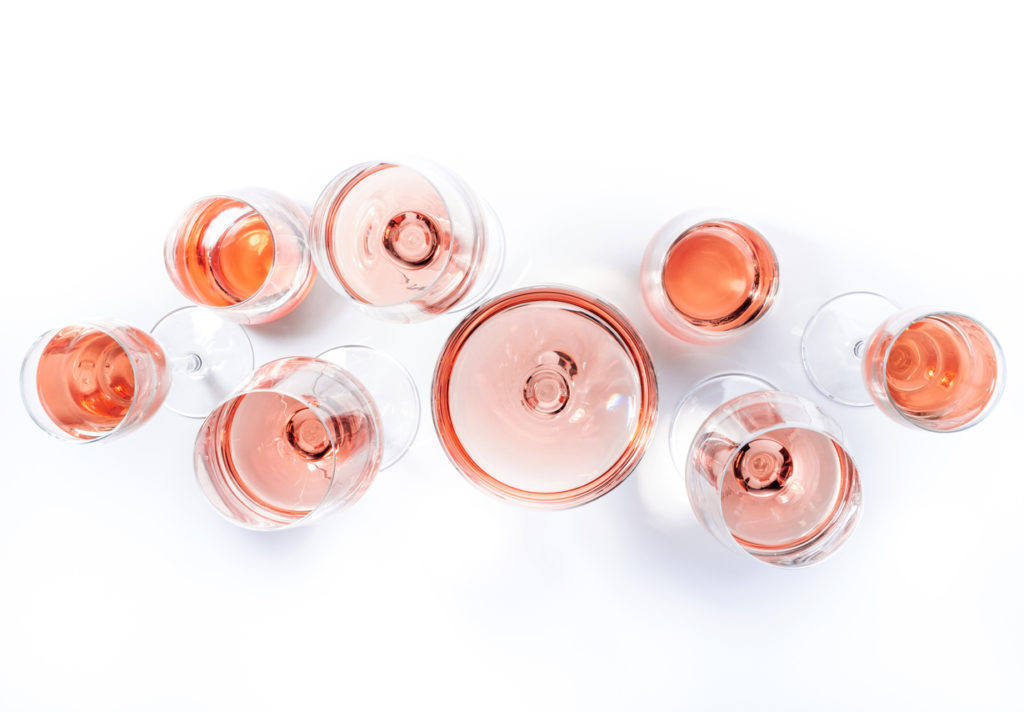
How Do You Make Rosé Wine?
To answer the question – what is rosé – we need take a look at the production of this wine. Rosé wine is a refreshing and delicate drink that has become increasingly popular in recent years.
This pink-hued wine is made from red grapes, but its color comes from the limited contact the grape skins have with the juice during fermentation. The process of making rose wine involves a few key steps that result in its unique flavor and appearance.
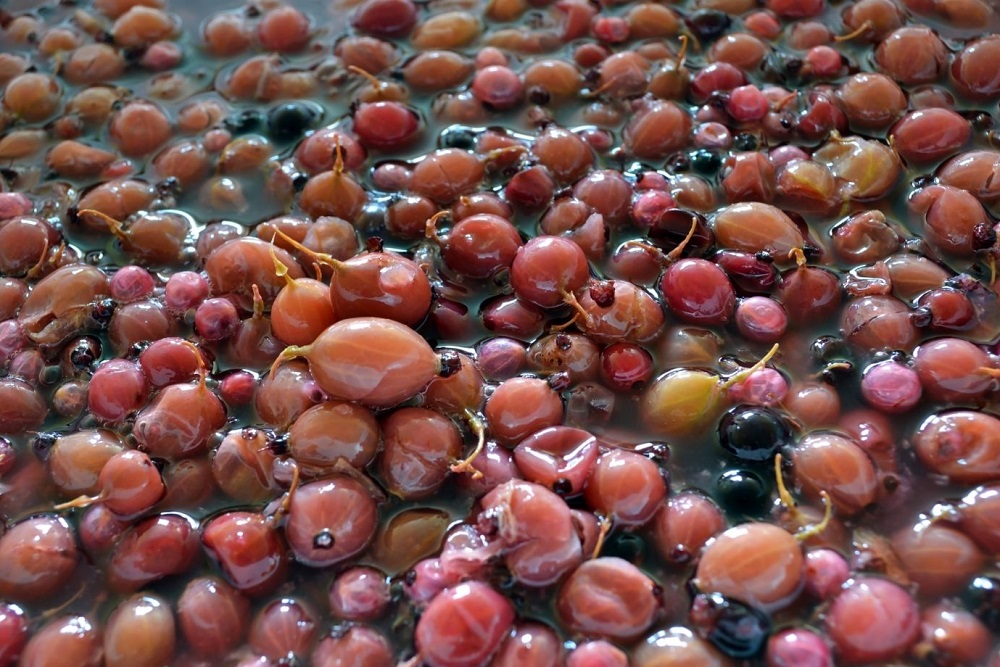
To make rosé wine, winemakers begin by selecting the right red wine grapes. They typically choose red wine grape varieties such as Pinot Noir, Grenache, White Zinfandel, or Syrah for their rich flavors and deep color.
Maceration Method
The production of rosé wine involves several methods, one of which is maceration.
Maceration is a process where grape skins are left in contact with the juice for a certain period to extract color and flavor. This process can take anywhere from a few hours to several days depending on the desired intensity of the color and flavor. During maceration, enzymes present in grape skins break down compounds present in the juice, releasing tannins that give structure to the wine.
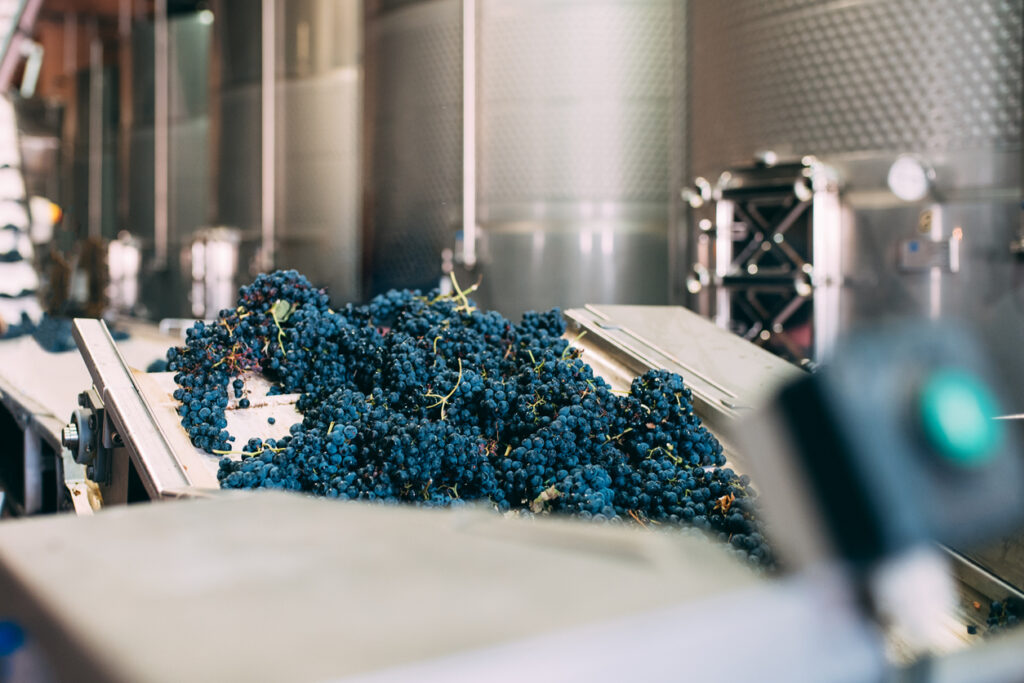
Once maceration is complete, the juice is separated from solid parts through pressing. The juice then undergoes fermentation either in stainless steel tanks or oak barrels.
Gray Wine Method – Vin Gris Method
The Vin Gris method is a unique way of producing rosé wine that stands out from traditional methods. This technique involves pressing red grapes before they have fully ripened, resulting in a lighter color and elegant flavor profile. The juice extracted is then fermented like any other white wine, giving rise to the light pink hue that characterizes Vin Gris wines.
The Vin Gris method is preferably used for Pinot Noir rosé wines. The remaining grapes and juice have a higher concentration of flavors and colour and can be used for further Pinot Noir production.

Saignee Method or Bleeding method
The production of rosé wine by the saignee method is a unique and fascinating process that has been used for centuries. This method involves bleeding off some of the juice from red grapes during the fermentation process to create a lighter-colored wine with a distinct flavor profile. While this method may seem simple, it requires careful attention to detail and expertise to produce high-quality rosé wines.
To begin the process, winemakers carefully select red grapes that are suitable for producing rosé wines. These grapes are harvested and destemmed before being crushed into a pulp. During fermentation, some of the juice is bled off after 12-48 hours to achieve the desired color and flavor intensity. The remaining juice then continues fermentation as usual to produce red wine.
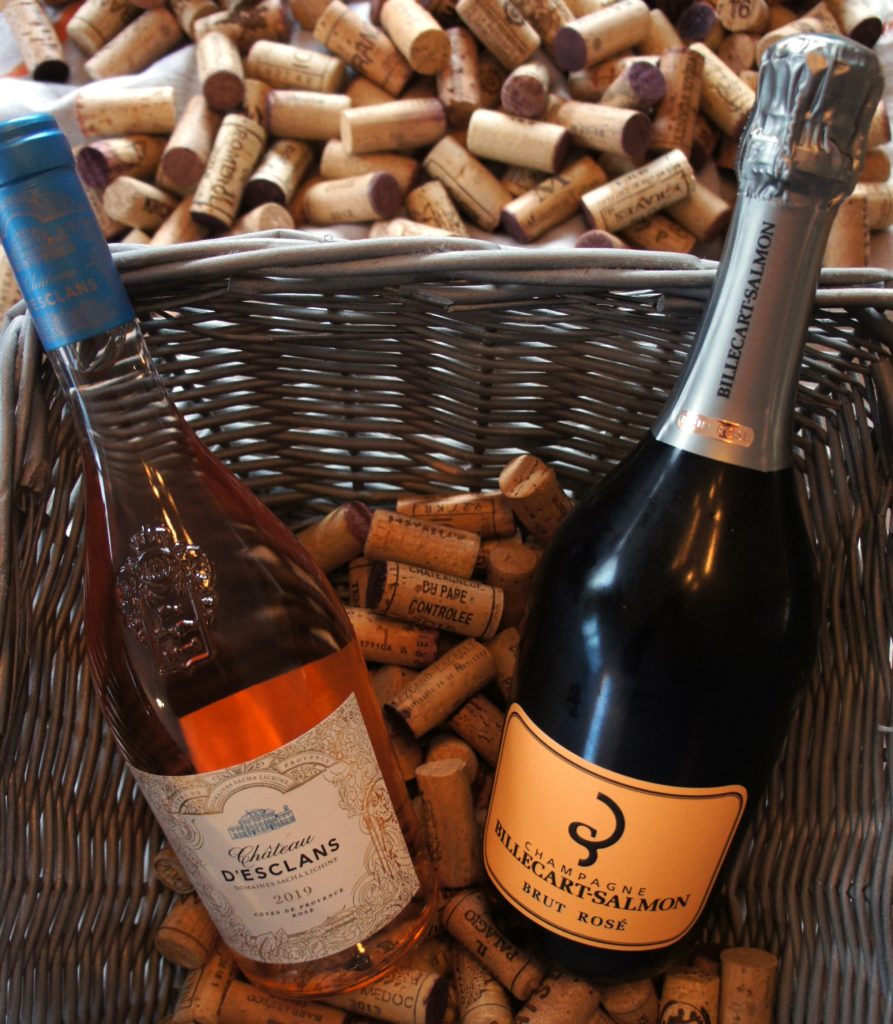
The saignee method produces rosé wines with flavors that range from delicate floral notes to more robust berry flavors.
Due to its complexity the bleeding method is used for expensive sparkling rosé wines like rose champagne.
Where does the colour come from in rosé wine?
Rosé wine is a popular choice for many wine enthusiasts due to its light and refreshing taste. One of the most common questions when it comes to this type of wine is where the color comes from. Unlike red or white wines, rosé wines have a pink hue that adds to their uniqueness, but what is the source of this color?
The secret lies in the grape used to make this wine – red wine grapes. To produce rosé wine, winemakers use red wine grapes that are crushed and left to ferment with their skins for a short period of time.
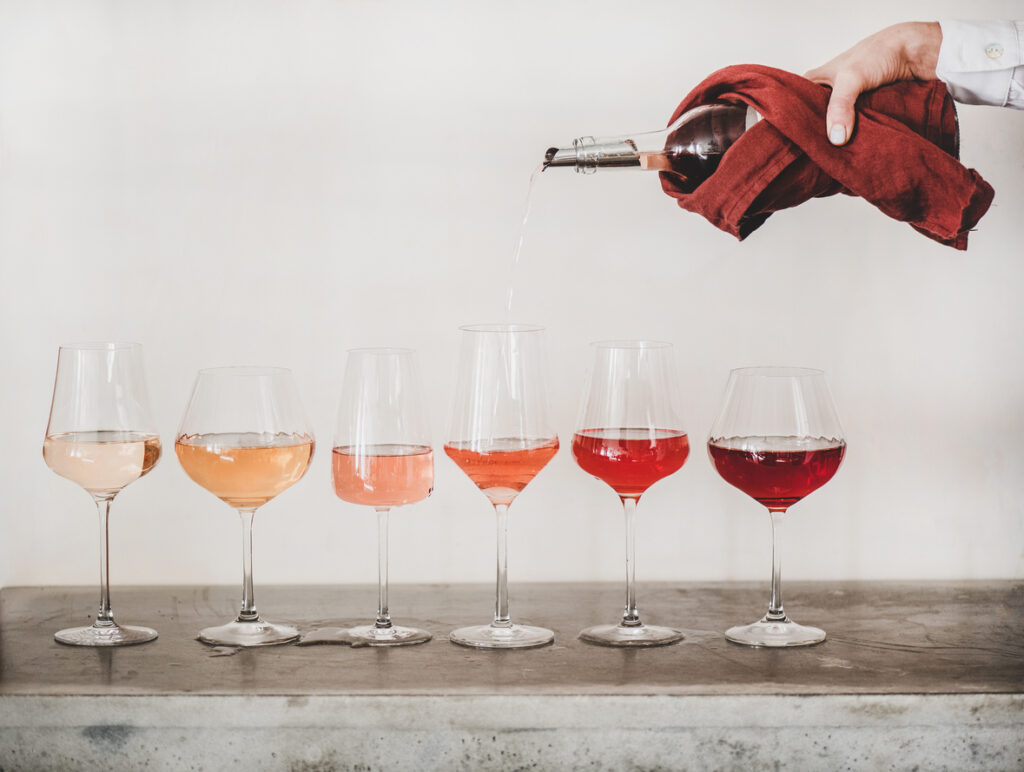
The skin is responsible for giving red grapes their distinctive color, so by leaving them in contact with the juice for just a few hours, some of this pigment transfers over and results in the pale pink color associated with rose wine.
Sweet rosé wines
Sweet rosé wines are a great choice for anyone looking for a light, refreshing drink to enjoy on a warm summer day. These rosé wines come in an array of flavors, with three popular varieties being white merlot, white zinfandel, and pink moscato. Each of these sweet rosé wines offers something unique to the palate.
Does a darker rosé wine mean it’s sweet?
Rosé wines are a popular choice for many wine drinkers. They are light, refreshing, and perfect for sipping on a warm summer day. But have you ever wondered if the color of your rosé wine can tell you how sweet it is? Many people believe that a darker rose wine means it will be sweeter, but is this really true?

The short answer is no, the color of a rosé wines does not necessarily indicate its sweetness level. The color of a rosé wine depends on how long the red wine grape skins are left in contact with the juice during the winemaking process.
A shorter period of skin contact will result in a lighter colored wine while longer skin contact will produce a darker colored one. This means that two rosé wines made from the same grape varietal can have very different colors and sweetness levels depending on their winemaking processes.
Rosé wine types
Syrah rosé wine
Made from the Syrah red wine grape variety, this wine is known for its crisp acidity and refreshing taste. It is light in color and has a delicate aroma that makes it perfect for summer sipping. Syrah rose wines are typically dry or slightly sweet, making them a great option for those who prefer a lighter style of wine.
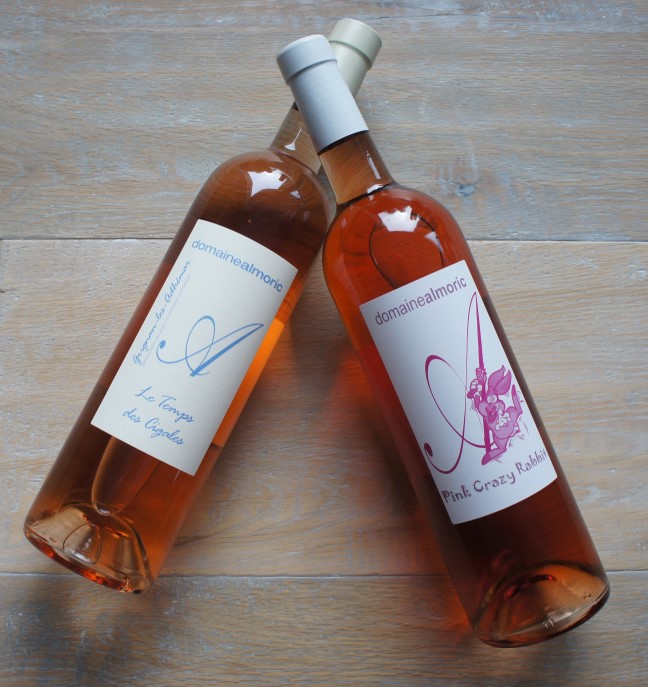
One of the reasons why Syrah rose has become so popular is because it pairs well with a wide range of foods.Additionally, Syrah rose is an excellent choice for outdoor entertaining as its light body and refreshing flavor make it easy to drink in the heat.
Cabernet Sauvignon rosé wine
Cabernet Sauvignon is one of the most popular red grape varieties in the world. It is known for its bold and complex flavors that make it a favorite among wine enthusiasts. However, many people are not aware that it can also be used to produce an elegant rose wine.
It is made from the same grapes as its red counterpart but with a shorter maceration period. This means that the skins of the grapes are only in contact with the juice for a short time, resulting in a lighter color and softer tannins compared to traditional Cabernet Sauvignon.

Merlot Rosé wine or white Merlot
First up is white merlot which is related to the Merlot red wine. This wine is made from the same grape as red merlot but with less skin contact during fermentation. The result is a delicate pink color and a fruitier flavor profile that makes white merlot perfect for sipping on its own or pairing with lighter fare like salads or seafood dishes.
Zinfandel Rosé wine or white Zinfandel
Next up is white zinfandel, which has long been one of America’s favorite sweet rosé wines. With its bright pink hue and fruity notes of strawberry and raspberry, this wine pairs well with spicy foods or even barbecue.

Pink Muscat wine
One of the most sought-after varieties of sweet rosé wine is pink moscato. This delightful wine is made from a blend of muscat grapes and other red wine grapes, giving it a beautiful pink hue that is both refreshing and tempting. The sweetness of the pink moscato makes it perfect for pairing with desserts or enjoying on its own as a refreshing summer drink.
The aroma of pink moscato is sweet and fruity, with hints of peach, apricot, and citrus. On the palate, it has a smooth texture with flavors of strawberry, raspberry, and watermelon. The low alcohol content also makes it an ideal choice for those who prefer lighter drinks. Pink moscato can be served chilled or at room temperature depending on your preference.
Pinot Noir rosé
This wine is made from the Pinot Noir grape, which is known for its delicacy, complexity, and ability to reflect the terroir it grows in. The rose version of Pinot Noir is made by allowing the skins to stay in contact with the juice for a short period of time before fermentation begins.
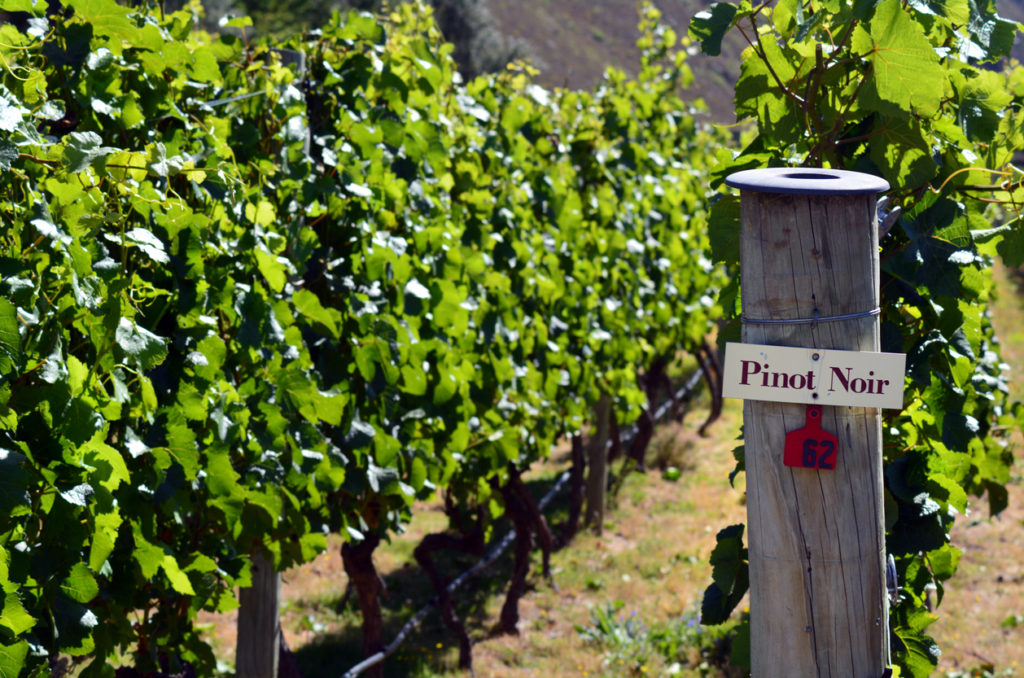
The result is a delicate pink color with flavors that range from light and fruity to more complex and savory notes. Pinot Noir Rosé wines are perfect for warm weather as they are served chilled and have a crisp acidity that pairs well with summer fare like salads, seafood, grilled vegetables or even barbecue chicken.
Tempranillo rosé wine
Its unique flavor profile and stunning pink color make it stand out from other rosé wines in the market. This wine is made by using one of Spain’s most popular grapes, Tempranillo, which is known for its dark color and rich taste.
Tempranillo rose is a refreshing and crisp wine that pairs well with light meals and summer evenings. The aromas of Tempranillo rose are fresh and floral, with hints of strawberries, raspberries, and cherries.
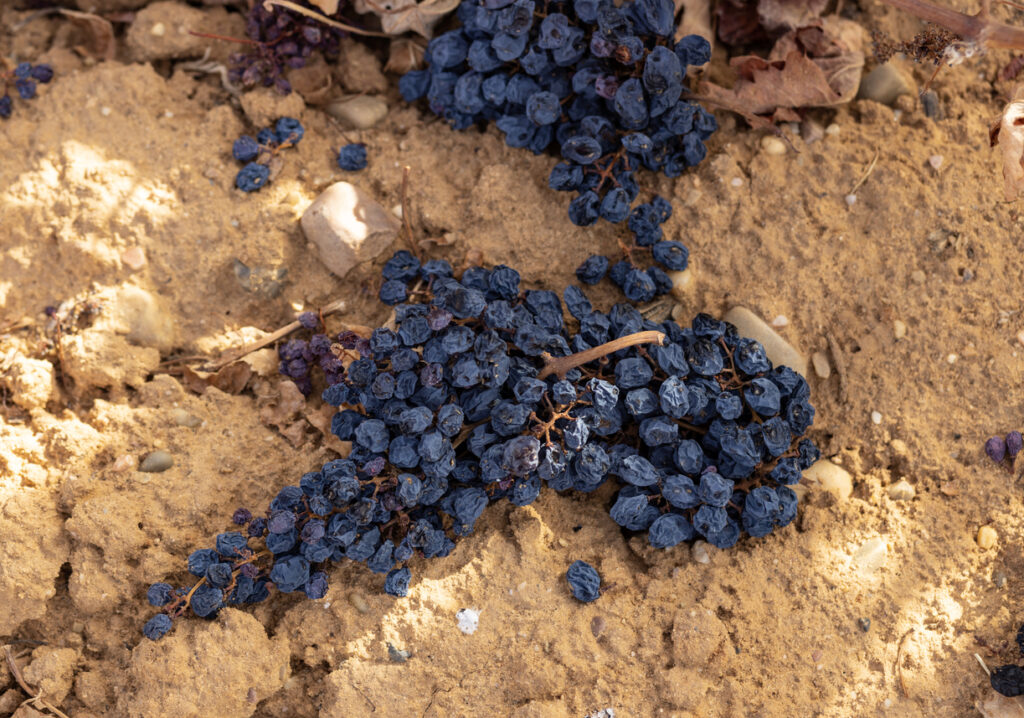
What Is the Right Temperature to Serve Rosé Wine?
Rosé wine has quickly become one of the most popular wines around the world. Its light, refreshing taste makes it a perfect drink to enjoy during warm weather and social gatherings. But what is the right temperature to serve Rosé wine? The answer isn’t as straightforward as you may think.
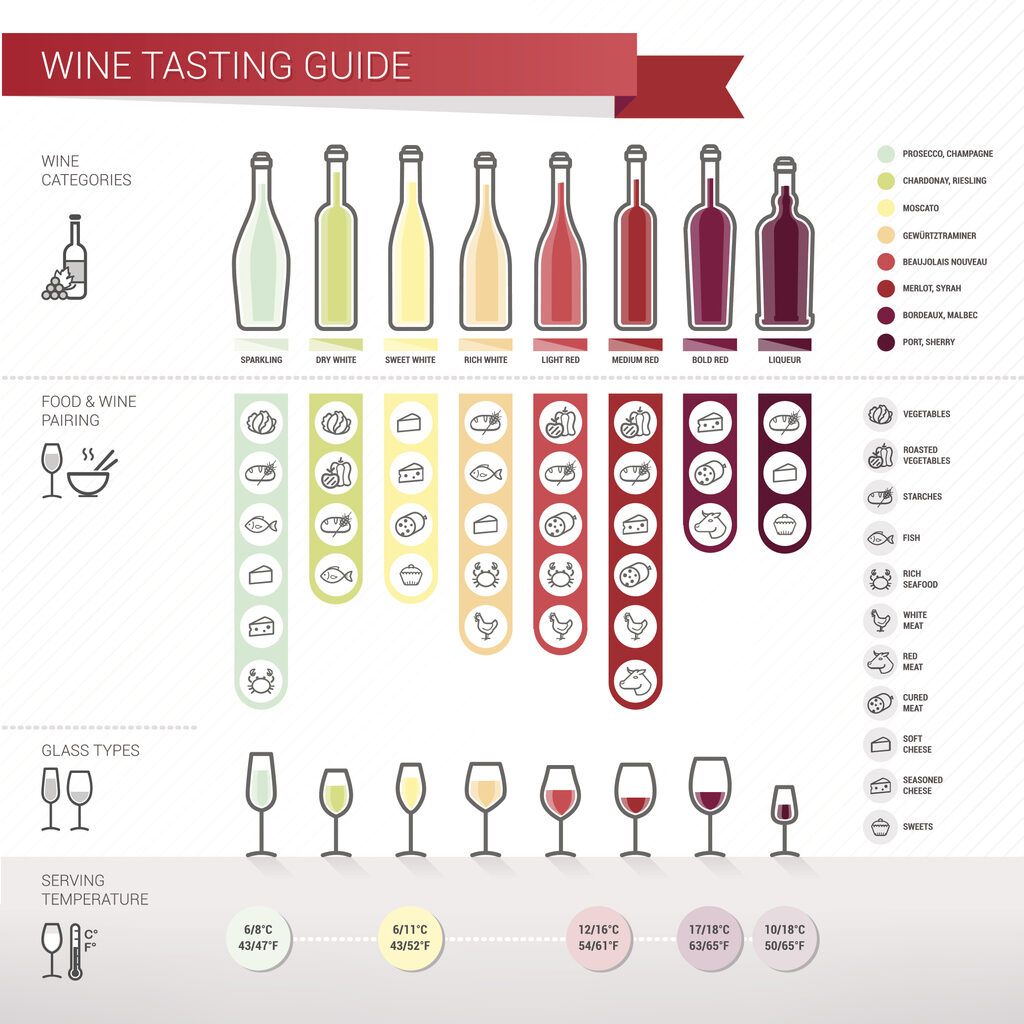
The ideal serving temperature for Rosé wine varies depending on its type and style. Generally, it is recommended to serve lighter, drier Rosés at cooler temperatures between 45-50°F (7-10°C). These types of Rosés are best enjoyed chilled as they can develop a more pronounced acidity if served too warm. On the other hand, fuller-bodied and fruitier Rosés should be served slightly warmer at around 50-55°F (10-13°C) to bring out their complex flavors.
If you want to emphasize the acidity of your rose wine serve it at lower temperatures. By reducing the serving temperature you will also decrease the sweetness of the rose wine.
To enhance the flavor and the body of the wine you need to serve it at a higher temperature.
Does Rosé Age Well?
Rosé wine has been gaining in popularity over the last few years, becoming a staple at summer barbecues and brunches. But does this delicate pink-hued wine age well? The answer may surprise you. While many rosés are meant to be enjoyed young, some high-quality bottles can actually improve with age.

To understand how a rosé ages, it’s important to look at its composition. Unlike red wines that derive their color and tannins from extended contact with grape skins during fermentation, rosés are made by briefly fermenting red grapes before separating the juice from the skins. This process results in a lighter body and lower tannin content than most red wines, making them more delicate and refreshing.
Some winemakers take advantage of this lightness by producing crisp and fruity rosés designed for immediate consumption.
Rosé wine sweetness chart
If you’re a wine aficionado, you probably know that there is no better time for rose wine than the summer. But with so many varieties of rose available in the market, it can be challenging to choose one. What makes this task even more confusing is to understand rosé wine sweetness. That’s where our rosé wine sweetness chart comes in handy.
In our rosé wine sweetness chart you can learn about the different rose wines starting from the iconic tavel rosé over syrah rosé to sweet pink wine.
11 Popular Sweet Rose Wines
Barefoot Pink Moscato
Barefoot Pink Moscato is a popular wine made from the Muscat Blanc grape. This grape variety originated in France and is now grown all over the world, including California where Barefoot is produced. The pink color of this wine comes from a small amount of red wine added to the blend.
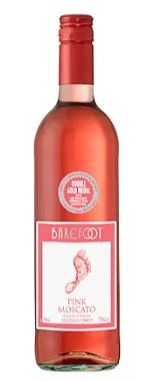
One of the reasons Barefoot Pink Moscato has become so popular is its sweet taste. It has a light and refreshing flavor with notes of strawberries, peaches, and apricots. This makes it a perfect choice for those who prefer sweeter wines.
Turner Road Reserve White Zinfandel
Turner Road Reserve White Zinfandel is a wine that will tantalize your taste buds and leave you wanting more. With its delicate floral aroma and fruity notes of raspberry, strawberry, and watermelon, it’s no wonder why this white zinfandel has become a favorite among wine enthusiasts.

The Turner Road Reserve White Zinfandel is perfect for any occasion, whether it be a romantic dinner for two or a fun afternoon picnic with friends. Its refreshing taste pairs well with light salads, seafood dishes, and even spicy cuisine.
Domaine de Brin Brin de Folie Rose Doux
Domaine de Brin is a French winery located in the heart of Provence, known for producing some of the finest rosé wines in the region. One of their most popular offerings is the Brin de Folie Rose Doux, a deliciously sweet rosé that has been winning over wine enthusiasts around the world.

Made from a blend of Grenache and Cinsault grapes, this pink-hued wine features aromas of strawberry, raspberry, and peach with hints of citrus. On the palate, it boasts a refreshing acidity that balances out the rosé wine sweetness perfectly. It’s no wonder why it’s become such a hit among those who enjoy sipping on something light and fruity.
Maison Messerli Rose Petillani Doux
Maison Messerli’s Rose Petillani Doux is a delightful sparkling rosé wine that offers a refreshing and fruity taste with every sip. This wine is perfect for those who enjoy soft, sweet flavors that are easy to drink and highly satisfying.
With its beautiful pink color and lively bubbles, Maison Messerli’s Rose Petillani Doux is an ideal choice for any occasion. The grapes used to make this wine are grown in the heart of Switzerland’s Valais region, where they benefit from the unique microclimate and rocky soil.
The result is a beautifully balanced wine with delicate aromas of strawberries and raspberries that complement its gentle sweetness perfectly.
Rose de Vareppe Doux Ancestrale
Rose de Vareppe Doux Ancestrale is a unique and exceptional fragrance that has captured the hearts of many perfume enthusiasts. It is a tribute to the French heritage, and it embodies the essence of elegance and sophistication. The scent is inspired by a 16th-century recipe found in an old book, which was once used by Marie Antoinette herself.
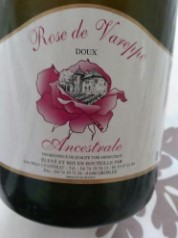
The fragrance opens with fresh notes of bergamot and lemon, followed by delicate floral scents of rose petals and jasmine. The heart notes include spicy cinnamon, nutmeg, and clove, which add depth to the fragrance. The base notes are warm amber, vanilla, patchouli, and sandalwood that create a lasting impression on your senses.
Maison Giliard Novembre Rose Mi Doux
Maison Giliard Novembre Rose Mi Doux is a wine that immediately captures the heart of any wine enthusiast. The name itself hints at a delicate, soft and smooth taste that is sure to leave you wanting more.
At first glance, the deep pink hue of Maison Giliard’s Novembre Rose Mi Doux exudes elegance and sophistication. As you take your first sip, notes of fresh berries and cherries immediately dance on your palate.

The indulgent sweetness is perfectly balanced with a touch of acidity which lends a refreshing finish to each glass. The Novembre Rose Mi Doux pairs beautifully with light salads and seafood dishes but it can also be enjoyed on its own as an apéritif or after-dinner drink.
Domaine Vigier Lily Rose Doux
Domaine Vigier Lily Rose Doux is a deliciously sweet wine that will delight your senses. This unique French rose has a beautiful pale pink color with aromas of raspberries and strawberries. It’s made from a blend of Grenache, Syrah, and Cinsault grapes grown in the heart of the Languedoc region.
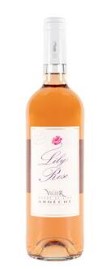
The Lily Rose Doux is perfect for anyone who loves sweet wines or wants to try something new. It’s smooth, refreshing and easy to drink with just the right amount of sweetness. The wine has a crisp acidity that balances out the sweetness and leaves you wanting more.
Napoleon Muscat Rose Doux
Napoleon Muscat Rose Doux is an exquisite wine that has been cherished for centuries. This rosé is named after Napoleon Bonaparte, who was known to appreciate fine wines. Made from the Muscat grape variety, this wine has a beautiful pink hue and a delicate aroma of rose petals.

A sip of Napoleon Muscat Rose Doux will transport you to the idyllic vineyards of Southern France. The flavor profile is refreshing with notes of raspberries and strawberries, coupled with a hint of sweetness that lingers on your palate. This wine pairs perfectly with light fare such as salads, seafood dishes and soft cheeses.
Andre Beaufort Doux Rosé Champagne Grand Cru Abonnay
With a rich history dating back to the 1960s, this champagne has been crafted with care and precision to ensure the highest quality product possible. Made from carefully selected grapes sourced from the Grand Cru vineyards of Abonnay, this rosé champagne is truly a masterpiece.
The Andre Beaufort Doux Rosé Champagne Grand Cru Abonnay boasts a beautiful pink hue that immediately catches the eye. On the nose, it offers notes of ripe red fruit, floral aromas, and hints of toasted bread. Upon tasting, one can expect a full-bodied mouthfeel with flavors of wild strawberries and subtle spice undertones. The finish is long-lasting and leaves a refreshing sensation on the palate that lingers for hours.

Kylie Minogue Prosecco Rose
Kylie Minogue, the Australian popstar known for her chart-topping hits and iconic fashion sense. She has added another feather to her cap. Kylie Minogue has launched a new Prosecco Rosé in collaboration with Benchmark Drinks Ltd. She proves that she is not just an artist but also a savvy businesswoman. The wine is set to become the go-to drink for all Kylie fans and wine lovers alike.
The Minogue Prosecco Rosé boasts of a delicate pink hue and is crafted using Glera grapes along with a hint of Pinot Noir. The result is a refreshing bubbly bursting with flavors of raspberry, peach, and apple.
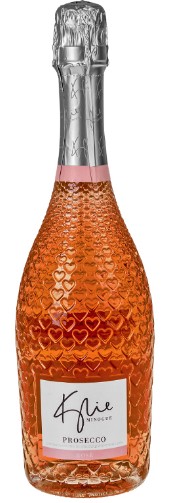
It has just the right amount of sweetness without being too overpowering on the palate. This makes it perfect for any occasion- be it an intimate dinner date or a lavish party.
Kalamos Demetra Cabernet Sauvignon Rosé
This exquisite wine is made from the finest Cabernet Sauvignon grapes. They are grown in the Kalamos vineyards located in the heart of Greece’s wine region. The result is a refreshing and elegant rosé with a unique flavor profile that will leave you wanting more.

The aroma of Kalamos Demetra Cabernet Sauvignon Rosé is fruity and floral, with hints of strawberries, raspberries, and rose petals. On the palate, it is light-bodied and crisp, with flavors of red fruits, citrus, and a touch of minerality. This wine has a long finish that lingers on your taste buds, making it perfect for sipping on warm summer evenings or pairing with light dishes like salads or seafood.

